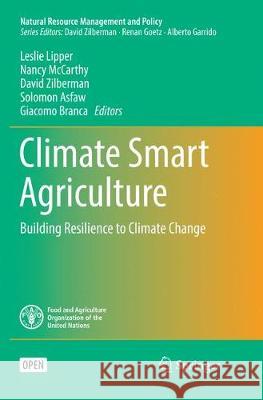Climate Smart Agriculture: Building Resilience to Climate Change » książka
topmenu
Climate Smart Agriculture: Building Resilience to Climate Change
ISBN-13: 9783319870243 / Angielski / Miękka / 2018 / 630 str.
Kategorie:
Kategorie BISAC:
Wydawca:
Springer
Seria wydawnicza:
Język:
Angielski
ISBN-13:
9783319870243
Rok wydania:
2018
Wydanie:
Softcover Repri
Ilość stron:
630
Oprawa:
Miękka
Wolumenów:
01











